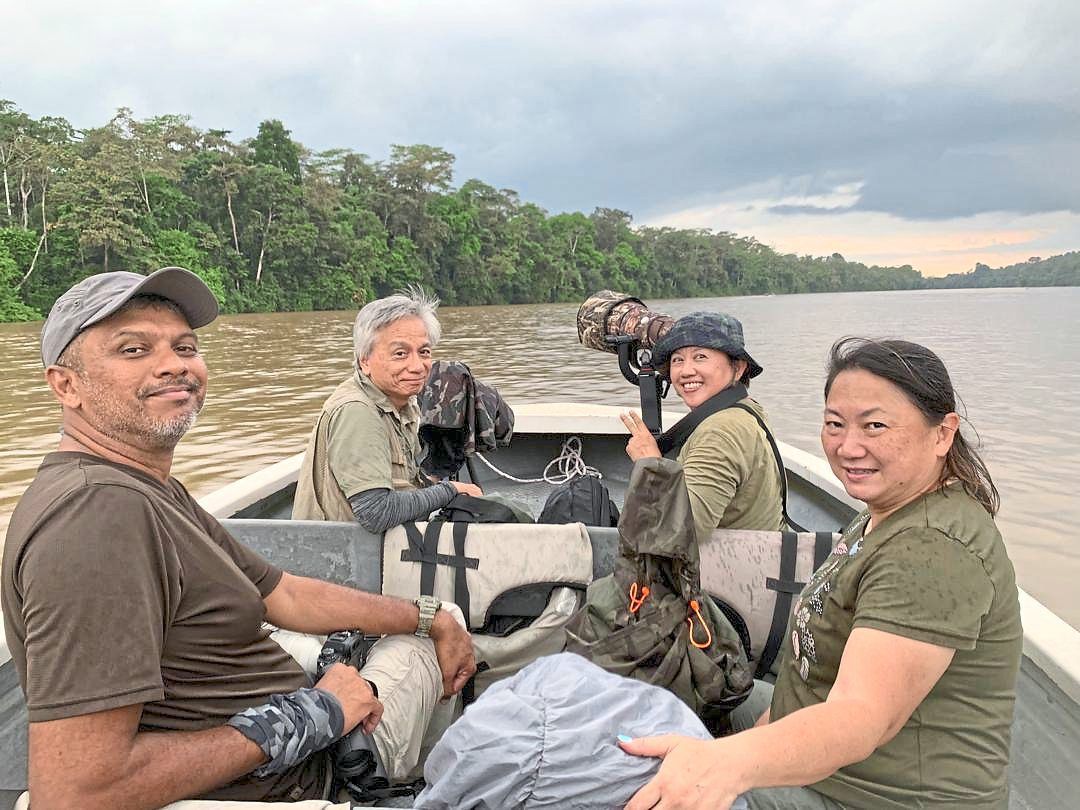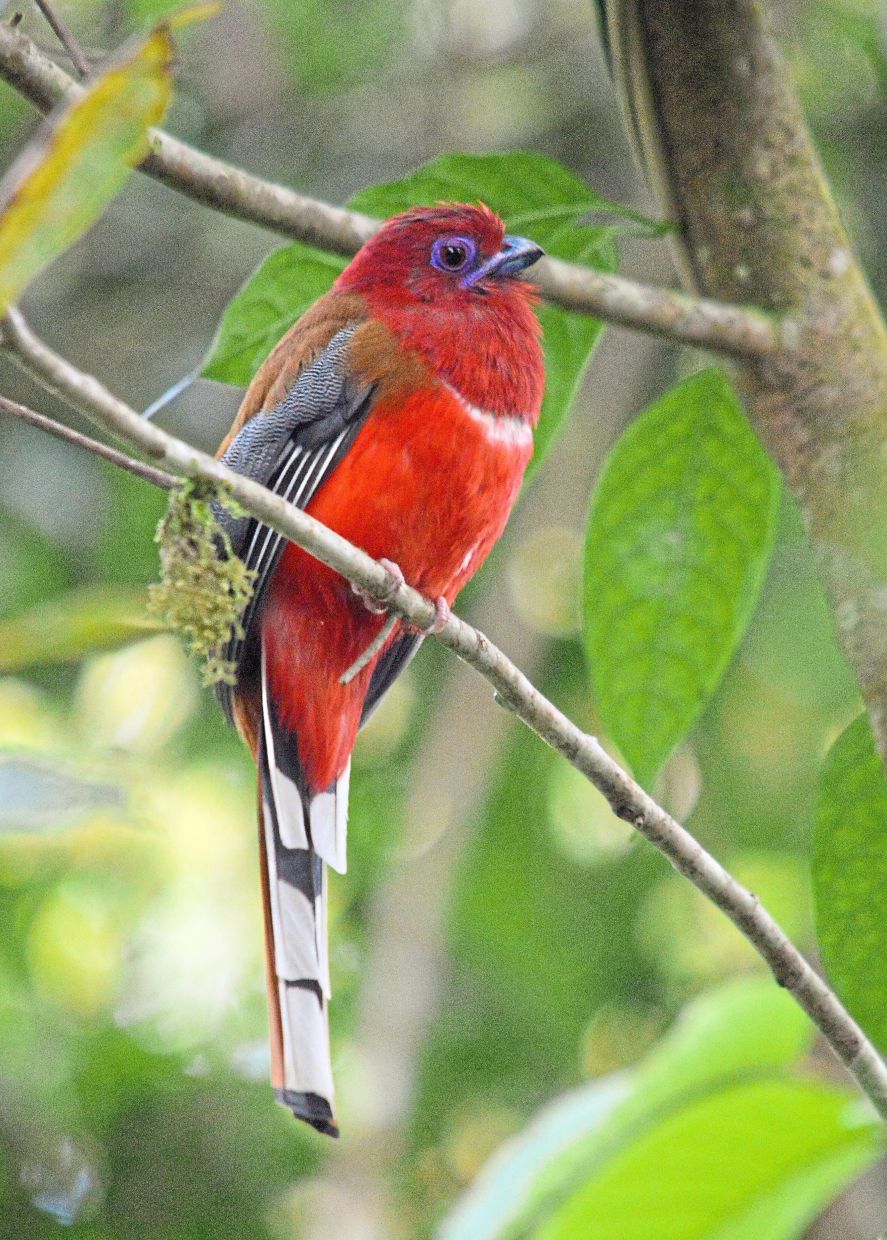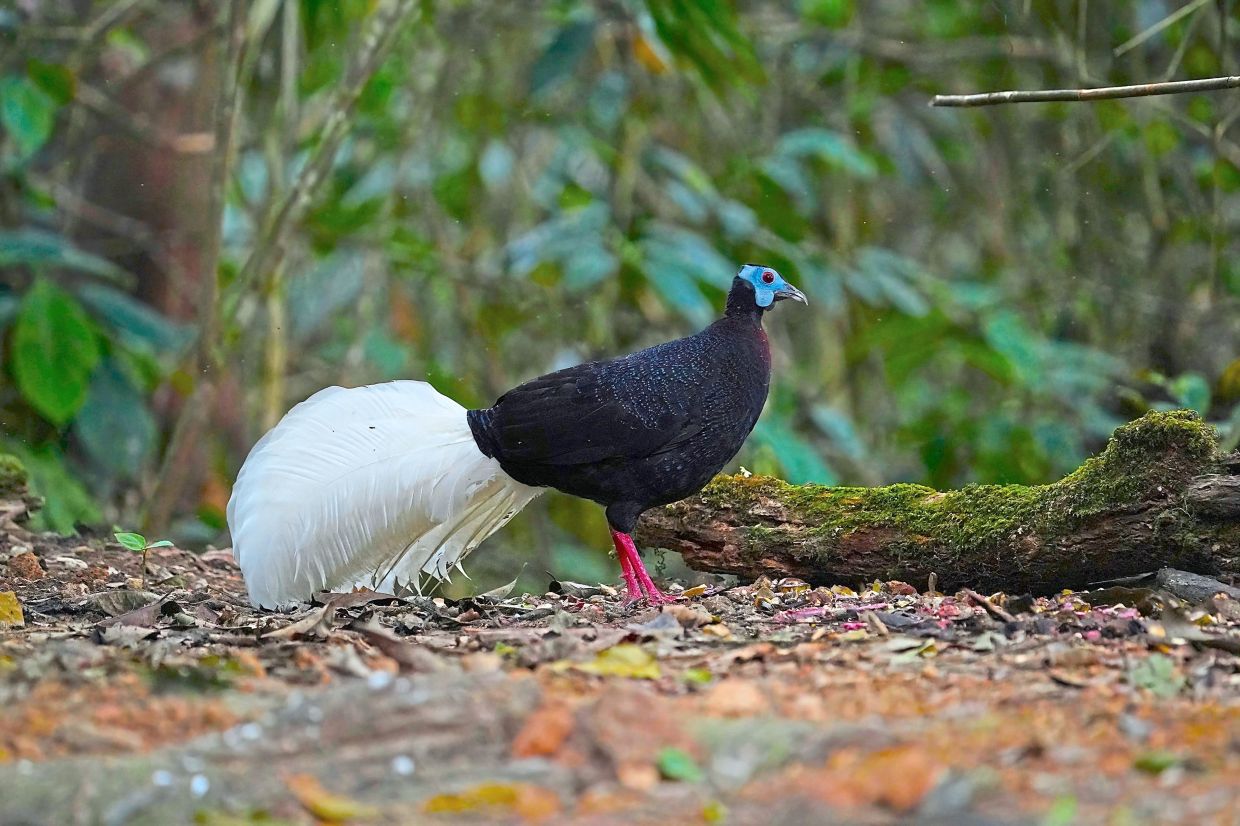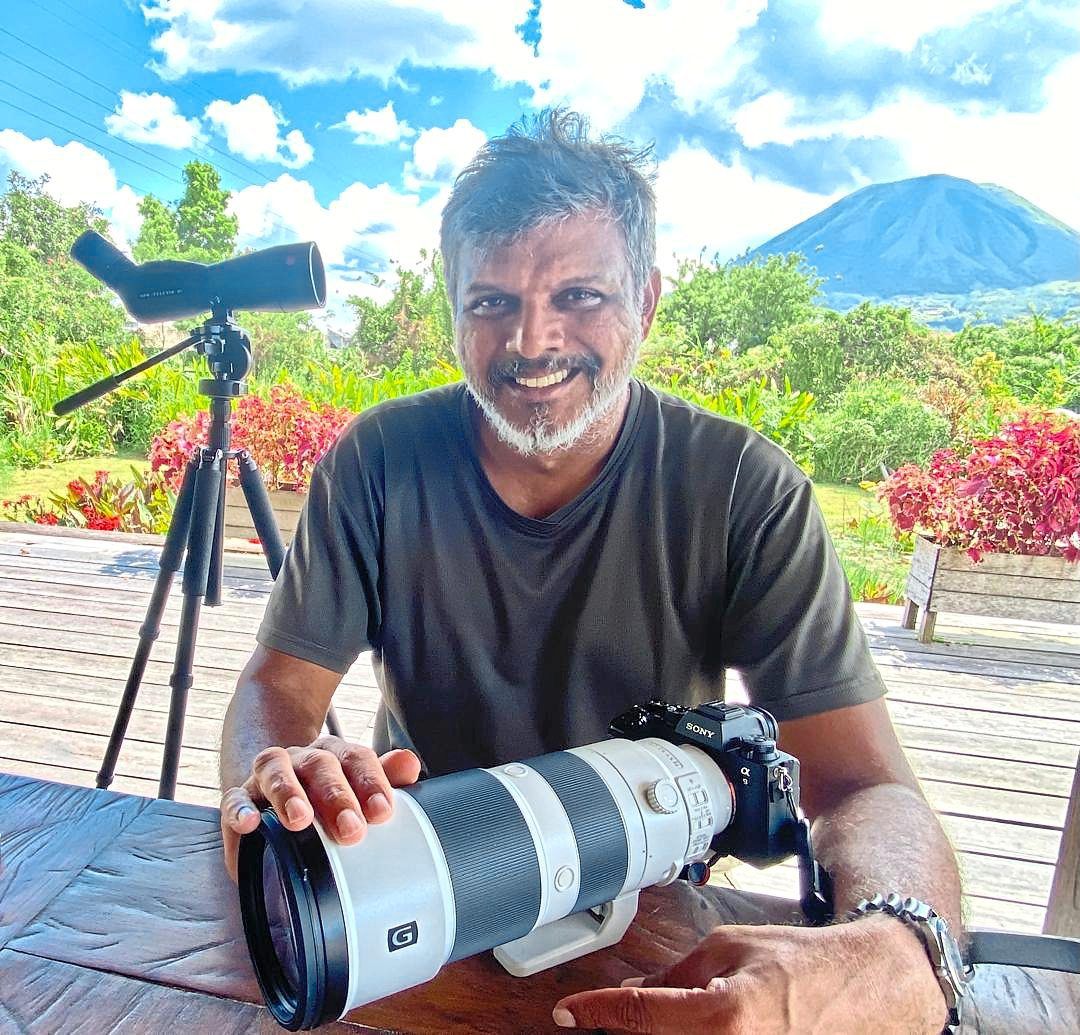(ANN/THE STAR) – In the heart of Sarawak’s lush wilderness, the melodious calls of the rhinoceros hornbill echo through the canopy.
For Andrew Sebastian, a seasoned nature and wildlife guide, witnessing the courtship and nesting rituals of these majestic birds is just one of the many awe-inspiring experiences that define his deep-seated passion for birding.
“Most people think hornbills are frugivores (fruit eaters), but during a birding tour, I once saw a male rhinoceros hornbill bring a snake into its nest… we were spellbound by the entire spectacle,” Sebastian shared, his eyes sparkling with excitement.
His dedication to promoting sustainable eco and wildlife tourism in Malaysia shines through in every word he speaks.
At 54, Sebastian has been leading birding tours for nearly two decades, yet his enthusiasm remains as vibrant as ever. His journey began unexpectedly during a vacation at Pahang’s Fraser’s Hill, where he caught sight of a striking red-headed trogon. “I was transfixed when the bird came into view,” he recalled, the memory still vivid in his mind.

Driven by a newfound fascination, Sebastian delved deeper into the world of birds and the art of birdwatching, eventually launching his own bird-themed tours. Today, as the president and CEO of the Ecotourism and Conservation Society Malaysia (Ecomy), he continues to inspire others to appreciate and conserve Malaysia’s rich avian biodiversity.
“I was a senior staff of the Malaysian Nature Society, the nation’s oldest organisation focusing on the studies and conservation of or natural heritage, for nearly 20 years before I started Ecomy in 2015,” he said.
Through Ecomy, Sebastian and a few friends ran the “KampungKu” project, in which they work to support local communities living in and around protected areas.
“We train the youths to be nature guides. About a year ago, we established a school for the Bateq community in Kampung Kuala Atok (Pahang),” he said, adding that they also built solar and piping systems at the Orang Asli villages.
They even won The Star-Gamuda Golden Hearts Award in 2016 for their social enterprise work.

The Ecomy website has also mapped out a collection of birding sites in the country, with ample information on birds for birdwatching enthusiasts.
Additionally, Sebastian wrote the e-brochure called Malaysia Birdwatching Paradise for Tourism Malaysia, in hopes of raising awareness on the importance of preserving our natural ecosystem, and to promote Malaysia as a destination for birdwatching.
Sebastian has always been fascinated by the beauty of nature, which was what inspired him to become a nature guide. His love for nature largely stems from his experience “growing up” in the Forest Research Institute Malaysia (FRIM).
“My father was the chief clerk at FRIM. So it was truly a privilege to be able to spend my childhood among towering trees, with occasional sightings of wildlife in the forest,” he said.
A bird’s paradise
Today, Sebastian frequently goes on bird-focused tours in places such as Kuala Selangor and Pahang’s Bukit Tinggi, Fraser’s Hill and Taman Negara. These trips generally last between one and 21 days, depending on the clients’ preference.
Sabah’s verdant natural landscape makes the state perfect for birding endeavours, too.
“Places like Kinabalu Park, Tambunan, Mount Trusmadi and Sandakan are my go-to destinations,” said Sebastian, whose passion for birds has also taken him to other parts of the world, including Argentina (Costanera Sur Ecological Reserve in Buenos Aires), Australia (Royal Park and Phillip Island Melbourne), England (Rutland Water) and Colombia (El Dorado ProAves Reserve).
But even after having explored various regions, Sebastian says that Malaysia remains one of the world’s most megadiverse places. Our vast tropical rainforests have a wide variety of ecosystems, providing extensive hotspots for birding.

“Among the natural habitats found here are mangroves, lowland forest and highlands, as well as peat swamp,” he said.
Also, apart from endemic birds, some of the species in Malaysia are migratory birds from as far as Russia, China and Mongolia. These birds fly here during the winter period in their original habitat, which is between October and March, to enjoy our warmer climate.
“The birds are instinctively driven to migrate due to the harsh and cold conditions,” Sebastian explained. “Tropical Malaysia serves as an ideal stopover for them to rest and look for food.”
One of his personal favourites is the Wilson’s bird-of-paradise that hails from neighbouring Indonesia. The brown, red and yellow-feathered bird has unique features: a bare, bright blue head and a curly tail.






